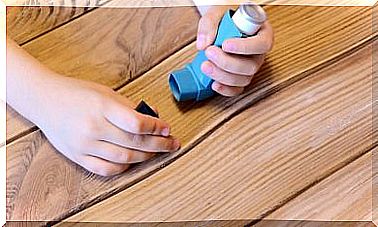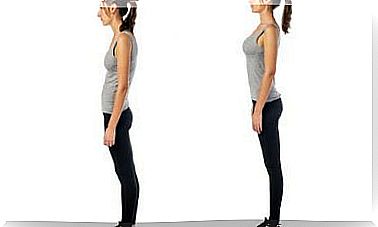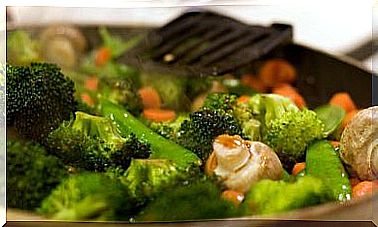What Muscles Do Kinetic Chain Exercises Work?
Knowing the kinetic chain exercises requires a brief prior explanation. And it is that the generic concept of the human body that we have all internalized is based on a machine in which each area fulfills its function and there is an inescapable interconnection. From this we start to explain what a kinetic chain is.
The kinetic chain, an original term in mechanical engineering, is understood as a system, notion and explanation that the variations of each segment of the body have an immediate reaction in other segments, thus promoting joint consequences.
However, this world of body gears does not end here. In that sense, we are going to determine what types of kinetic chains exist, their benefits, some common examples and their most important recommendations. Welcome!
What types are there?
The types that exist are divided into two and are known as open kinetic chain and closed kinetic chain. To access their differences and the particularities that define them, it is best to treat each one separately.
Open kinetic chain
Open kinetic chain exercises are understood to be those in which the distal face or point furthest from the center of the body does not present fixation to a surface. In that sense, there is greater freedom of movement, allowing training with another level of muscle specificity.
Some of the exercises in this classification are the following:
- Banking press.
- Knee extension.
- Leg curl .
- Bicep curl with weights.
Closed kinetic chain
With closed kinetic chain exercises, there is a variation related to the existence of a fixation. In other words, the feet and hands, or at least one of the pairs, are usually in direct contact with an object that supports them to carry out the practice.
Within this modality the following can be found:
- Lunge or lunge.
- Squat movement.
- Chest push-ups.
- Wall slide.
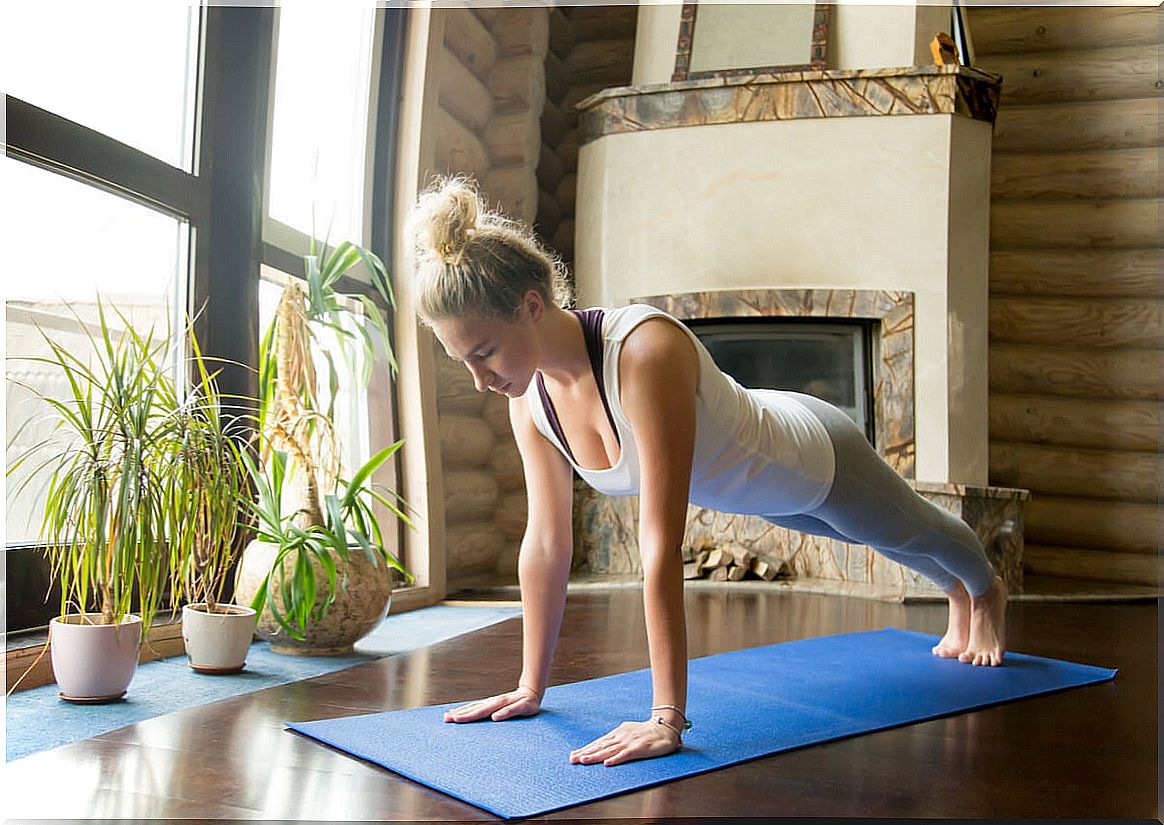
What benefits do they have?
To discuss the benefits of kinetic chain exercises we must also make a differentiation. In the case of the open kinetic chain, its contribution is aimed at being able to work the desired muscle without causing disturbances in the rest. For this reason, its use is wide in rehabilitation treatments after injuries.
For its part, closed kinetic chain exercises have a better application for workouts that seek to give the body a generalized tone. In fact, comprehensive strengthening is helpful in preventing injury from imbalance. Consequently, the efforts that are made on a daily basis can be seen reflected in this routine.
Despite this, the two types can be implemented in a complementary way, depending on the case and to achieve even better results. In that order of ideas, the key is to determine what is needed and establish an effective strategy.
Some common examples of kinetic chain exercises
To carry out the kinetic chain exercises, it is only necessary to perform the following common exercises. First of all, it is advisable to proceed with a stretch to achieve a favorable muscular adaptation.
Open kinetic chain exercises
Open kinetic chain exercises to start with are the bench press, the dumbbell chest fly, and the leg curl . They are ready?
Banking press
Lie down on a bench that is flat and comfortable to support weight. Next, grip the bar firmly using shoulder height as a reference and keep your wrists straight. Then take a deep breath, raise the bar to your chest, and immediately apply an explosive lift, so that your arms are extended. Do 3 sets of 5 reps.
Dumbbell chest fly
Position yourself on your back on a bench or yoga ball while holding a dumbbell in each hand. Followed by this, place both dumbbells together towards the upper area and at chest level. Finally , slowly spread your arms out to the sides and return to where you started. 3 sets of 8 or 10 repetitions are recommended.
Leg curl
Lie face down on the machine with enough stability and begin the knee bending movement. Thus, it places the stress on the lower body and abdomen. Return to the extended leg position. 2 or 3 sets of 20 repetitions are recommended.
Closed kinetic chain exercises
The recommended closed kinetic chain exercises are classic, with proven usefulness for muscle toning. Thus, the chosen ones are the push-ups, the standing calf raise and the seated calf raise.
Push-ups
Rest your hands and the balls of your feet on the floor while keeping your legs extended. Next, bend your elbows, lower your chest to a position close to the ground, and return to the starting point. All of the above while preserving a straight back. In short, apply 4 series that oscillate between 15 and 20 repetitions.
Standing Calf Raise
Use a step to position your feet at the end, leaving your heels off the platform. Now, perform a heel lift with the help of the balls of your feet and return to the basic stance. Thus, the effectiveness lies in 3 series of 8 or 10 repetitions.
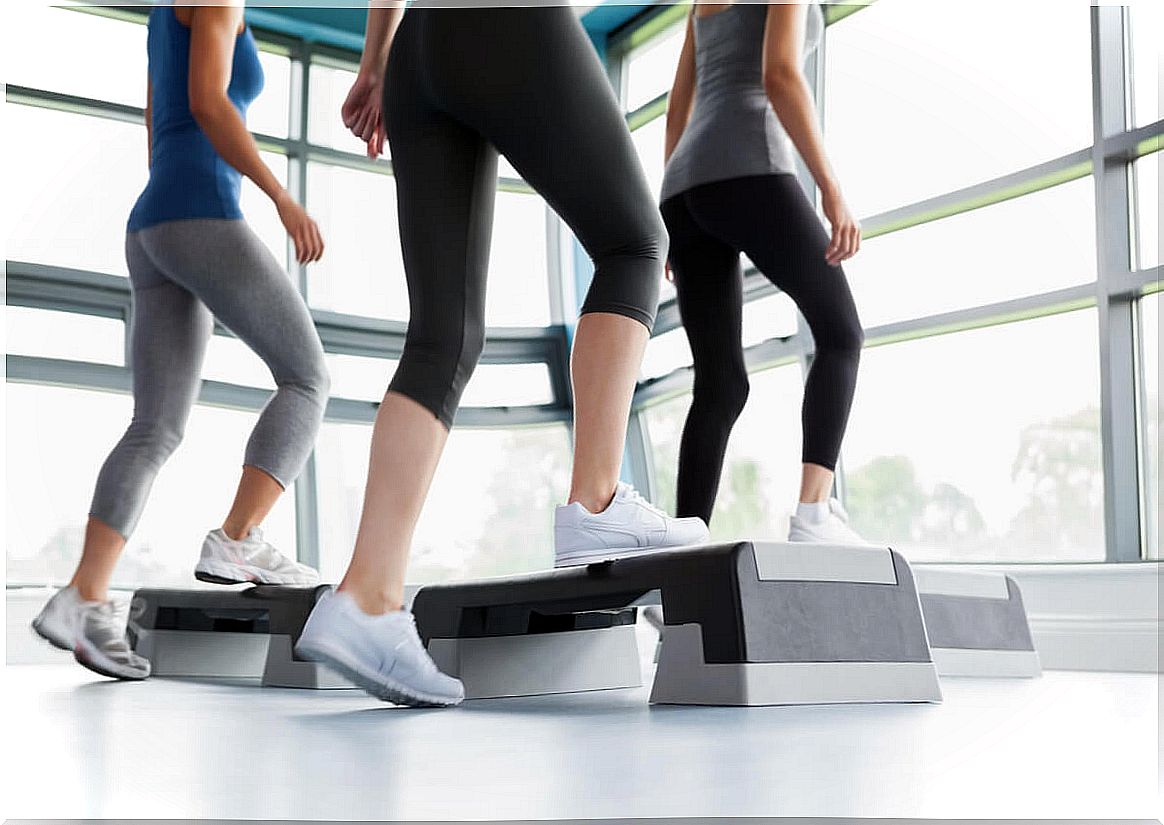
Seated Calf Raise
Sitting on a yoga ball or calf machine, set a weight on top of each leg bent at 90 degrees. Continuous act, raise the calves with the support of the fingers and lower them on the spot. In summary, 3 sets of 10 or 12 repetitions are valid.
Complementary kinetic chain exercises
Do not opt for any of the kinetic chain exercises without first going to a specialist to make the correct diagnosis of the case. In this way, you save time and subsequent hassle resulting from a self-assessment that may be shallow.
Each of the open or closed chain exercises should be performed after performing static and dynamic stretches, which make the session an optimized experience.
To close, we will say that no type of exercise is better than another in a general assessment, since both can act on different muscle groups. However, the difference is in the results and objectives to be achieved, either differentiated or grouped.



